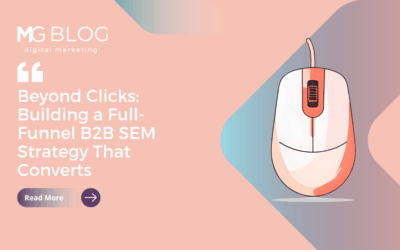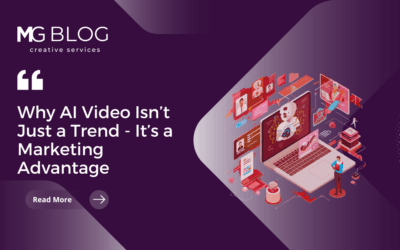The word “ad” can often evoke a natural negative connotation. Consumers do not like being sold to and viewers do not like suffering through irrelevant commercials (especially in today’s on-demand, easy-skip environment). So why do we keep talking about advertisements around the biggest football event of the year?
When it comes to advertisements for the big game, the cons seem to often outnumber the pros. First and foremost is the price tag for a TV spot. In 2017, the average 30-second placement put companies over five million dollars in the hole. For some context, that same price tag could buy you this private island in the Bahamas, 20 brand new Tesla Model X P100D’s, 139 bitcoins and quite a few bottles of wine.
Even worse than the price is getting lost in the noise. Game-day advertisements have to compete with countless monumental brands jockeying for the “best ad.” It’s overwhelmingly easy to get lost and massively difficult to get noticed. For instance, we all remember Mountain Dew’s 2016 “Puppy Monkey Baby” ad, but do we remember the Snickers Marilyn Monroe slot? Not really. It takes a sort of calculated innovation to remain memorable.
For example, this year’s Tide advertisements are likely to remain top of mind thanks to their out-of-the-box ad concept that challenged advertising norms and embraced its blatant self-awareness. By framing the way viewers perceived other advertisements, Tide was able to occupy their thoughts during competitors’ air time. Similarly, Doritos Blaze and Mountain Dew Ice changed the game by teaming up and leveraging contrasts in order to keep each other front and center in viewers’ memories. Unless companies are able to create new approaches to gain your attention, their multi-million dollar investments end up as weak of a memory as what appetizer you brought to the game day party two years ago.
Despite the cost and attention challenges, we must consider one important aspect: the impact.
Consumer brands simply cannot replace the broad influence of a big game advertisement — when done right. Even in today’s increasingly segmented and highly-targeted marketing world, the game presents a unique opportunity for the type of large-scale emotional and social influence that can only be achieved during such a monumental shared event.
According to Nielsen, 103.4 million people tuned in to watch the game on Fox. That’s more than double the number of viewers who tuned in to watch the 2018 State of the Union just one week prior to the game.
103.4 million viewers means 103.4 million people who felt the struggles of Paralympic skier Lauren Woolstencroft in Toyota’s “Start Your Impossible” campaign. It means 103.4 million people who reflected on 2017’s devastating natural disasters in Budweiser’s “Stand By You” spot. It means 103.4 million people who shed a tear as Lindsay Vonn skied through “Girl on Fire” during the NBC Olympics piece.
To display an advertisement that makes viewers feel something is to bring the nation together in ways that public leaders and organizations can not. When done well, brands are able to evoke intense emotion and ignite purposeful action. That is what’s worth the price tag.
But B2B and B2G advertising strategy can often be quite different and we need to recognize that the same playbook does not always apply. While there are some key takeaways that can be learned from the big game in terms of creative storytelling and innovative audience engagement approaches, B2B brands need to stay focused on hard-hitting questions when making major marketing investments: Who are the people we really need to reach? What are the right channels to get there? Are we telling a differentiated brand value proposition story? Is the creative engaging the influencers in a meaningful way? Does this campaign advance awareness and the buyer journey? And more.
We’ll continue to dig deeper into what big events and other market trends really mean for B2B and B2G brands, so stay tuned to the blog or reach out to learn more!



